Chao-Tsai Huang, Associate Professor at Department of Chemical and Materials Engineering, Tamkang University
Due to its excellent properties, the fiber-reinforced plastics (FRP) material has been applied in the industry as one of the major lightweight technologies, especially for automotive or aerospace products. However, since the microstructures of fiber inside the plastic matrix are very complex, they are not easy to be visualized and managed. In fact, the connection between microstructures and the mechanical properties of the final product is far from our understanding. Hence, during the past years, our team at Tamkang University (at New Taipei City, Taiwan) have tried to correlate from fiber microstructure feature to macro-property for FRP in the injection molding process through numerical simulation using Moldex3D and experimental observation.
The results showed that the tensile properties of the injected parts are strongly dependent on the fiber orientation distribution (FOD). To further confirm the observation, a series of simulation and experimental studies have been performed, including fiber orientation prediction using CAE and verification using micro-CT. Some correlation from the fiber microstructure feature to the physical property for fiber-reinforced thermoplastic (FRP) in the injection molding process can be validated. Specifically, we have designed an injection molding system with three standard specimens based on ASTM D638 where specimens have different gate designs as shown in Fig. 1. The different gate designs can change flow behaviors and further provide different fiber orientation distribution (FOD) features. Due to the geometrical effect, the detailed local shrinkage features and the full model warpage behaviors have been analyzed side-by-side by Moldex3D simulation and experiments (Fig. 2). The results are listed in Table 1. Obviously, the numerical prediction and experiment results are very consistent.
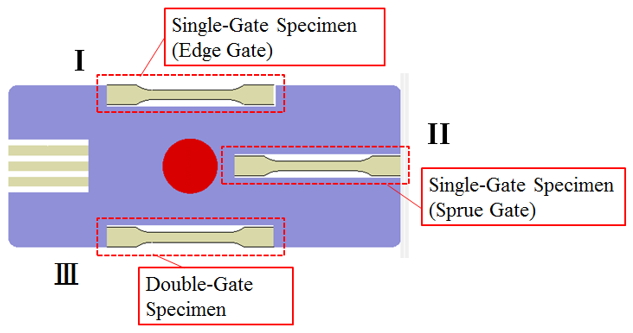
Fig. 1 Geometrical system with three ASTM D638 standard specimens
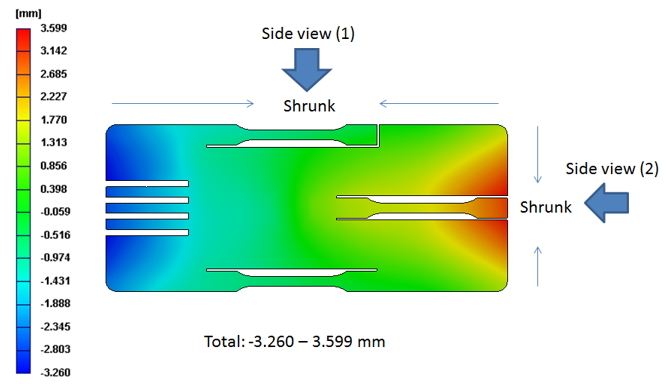
Fig. 2 Shrinkage measurement from different observation views
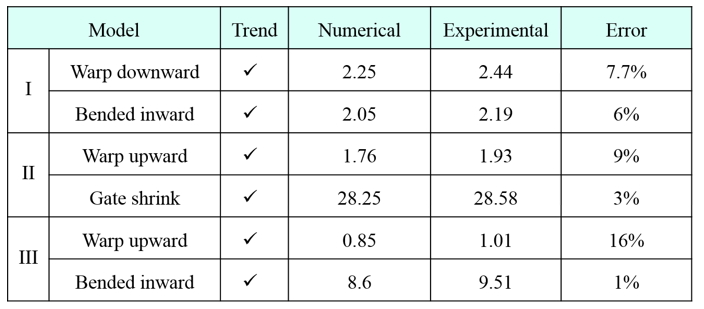
Table 1 The comparison of local shrinkage behaviors of three different specimens for both simulation and experiment
Moreover, the fiber-reinforced effects on the mechanical property of the injected parts are exhibited in Fig. 3. For the pure PP, three models have similar tensile strength which is around 20 N/mm2. However, when FRP material is applied, the tensile strength has been improved significantly. For example, for the Model I specimen, when the short fiber is introduced, the tensile strength has been increased from 20 N/mm2 to 140 N/mm2. A similar feature can be observed for the Model II specimen, in which the tensile strength has been increased from 20 N/mm2 to 120 N/mm2. The tensile strength of Model III has been increased from 20 N/mm2 to 40 N/mm2 (PP), which is not obvious because the two-side injection would cause weld lines.
Why is the strength of Model I (side gate) higher than that of Model II (sprue gate)? Due to the special gate design, the asymmetrical flow behavior (with asymmetrical velocity vector) will drive the asymmetrical flow direction FOD in Model I. This asymmetrical FOD will further enhance tensile strength to provide better mechanical property. Overall, the simulation prediction is highly consistent with the experimental observation.
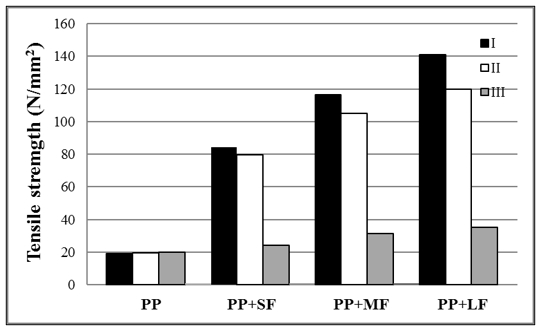
Fig. 3 The comparison of the tensile strength between pure PP and FRP for three different specimens.
Next, we tried to discover the relation between the physical properties of injected parts and the fiber orientation features. Specifically, we would like to know how accurate is the fiber orientation prediction through Moldex3D. Previously, in the absence of flow-fiber coupling, the trend of the fiber orientation variation for both numerical prediction and experimental observation was in good agreement. Some cases are listed in Fig. 4. For more details, please refer to our paper “Flow-induced Orientations of Fibers and Their Influences on Warpage and Mechanical Property in Injection Fiber Reinforced Plastic (FRP) Parts” published in the International Journal of Precision Engineering and Manufacturing-Green Technology (2020/06/30, DOI: 10.1007/s40684-020-00226-2)”.
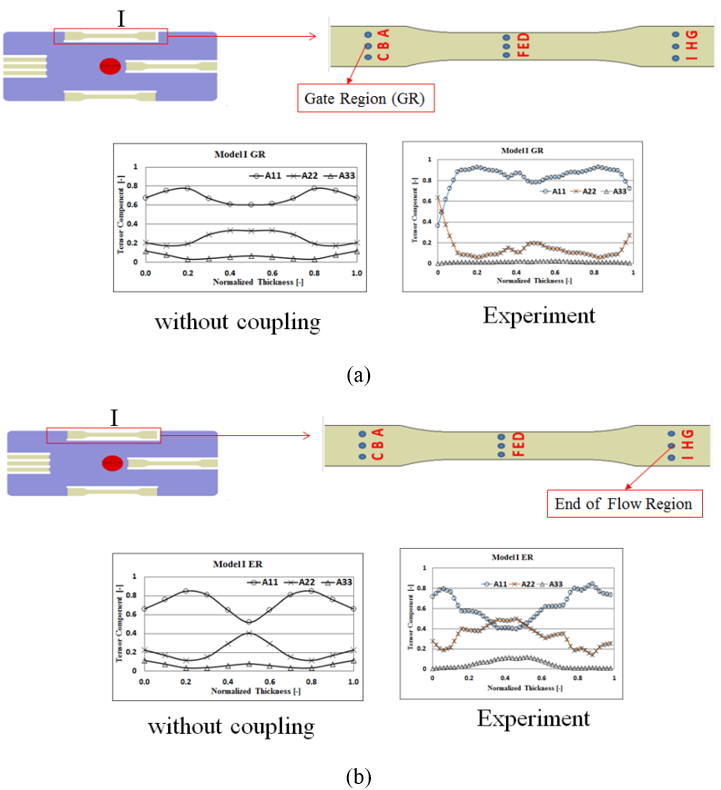
Fig. 4 The fiber orientation behavior through numerical prediction (without flow-fiber coupling) and experimental observation for Model I: (a) at near gate region (NGR), (b) at the end of filling region (EFR).
Although our previous results of fiber orientation by numerical prediction are good in the trend compared to the experimental observation, there are still some differences that exist. Specifically, when looked into, the amounts of the orientation tensors of A11 and A22 are not the same in both numerical prediction and experimental observation. We keep wondering what is the major reason causing this deviation. Fortunately, Dr. Anthony Favaloro1 et al. [1] from Purdue University proposed the IISO viscosity model to describe the viscosity changes due to the flow-fiber coupling effect recently. Later, Dr. Huan-Chang Tseng from Moldex3D and Dr. Anthony Favaloro1 [2] modified the IISO viscosity model as a Revised IISO model and implemented this new model into Moldex3D software. Afterward, we utilized this new Revised IISO model to conduct the flow-fiber effect on the fiber orientation variation during the injection molding. Some results are presented in Fig. 5. Clearly, in the presence of flow-fiber coupling, the orientation tensors of A11 and A22 are very close for both numerical prediction and experimental observation. Specifically, those three individual ASTM D638 specimens have different flow histories and fiber orientation features, but the numerical prediction can catch those different fiber orientation features accurately at the same time (Fig. 5).
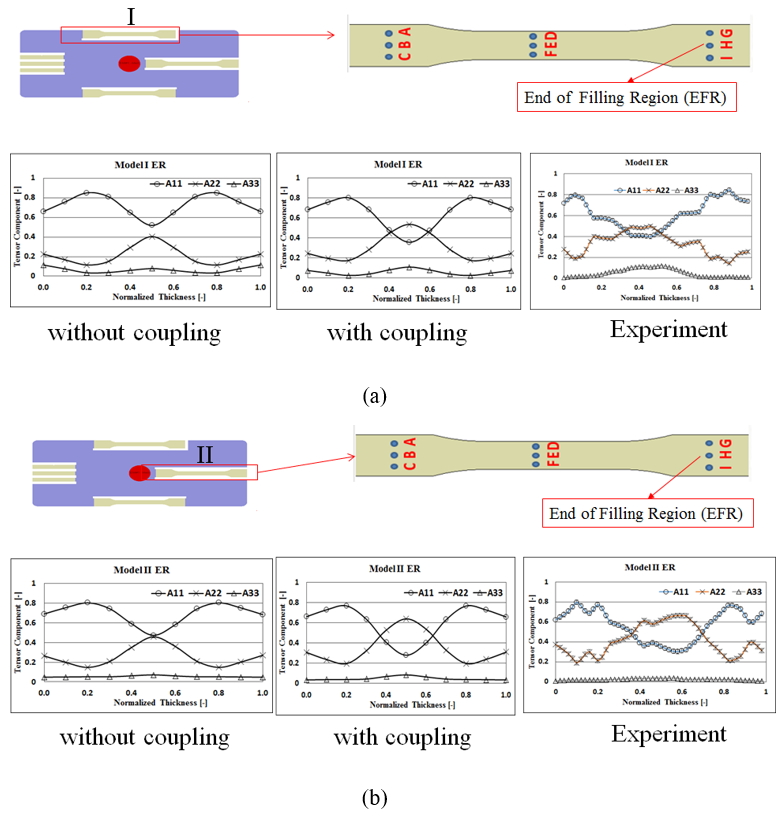
Fig. 5 Fiber orientation behavior by numerical prediction using Moldex3D and experimental observation without and with flow-fiber coupling effect: (a) Model I at EFR, (b) Model II at EFR.
In conclusion, the new IISO model of Moldex3D can help us predict very complex fiber orientation accurately even for this complicated geometrical system. It is very exciting. If you are interested in the research results, please refer to our current published paper at Polymers 2020, 12, 2274; doi:10.3390/polym12102274. The open-access are as below:
HTML Version: https://www.mdpi.com/2073-4360/12/10/2274/htm
PDF Version: https://www.mdpi.com/2073-4360/12/10/2274/pdf
Note 1: Anthony Favaloro: Research Scientist at Purdue University, West Lafayette, Indiana, United States
Reference
- Favaloro, A.J.; Tseng, H.C.; Pipes, R.B. A new anisotropic viscous constitutive model or composite molding simulation. Compos. Part A 2018, 115, 112–122.
- Tseng, H.C.; Favaloro, A.J. The use of informed isotropic constitutive equation to simulate anisotropic rheological behaviors in fiber suspensions. J. Rheol. 2019, 63, 263–274.